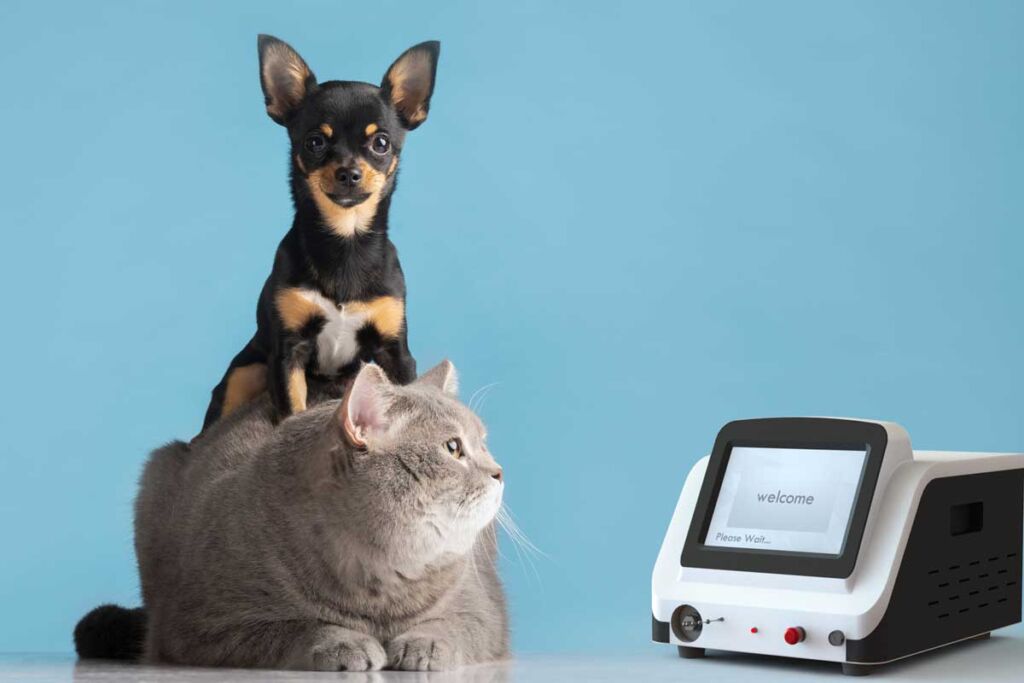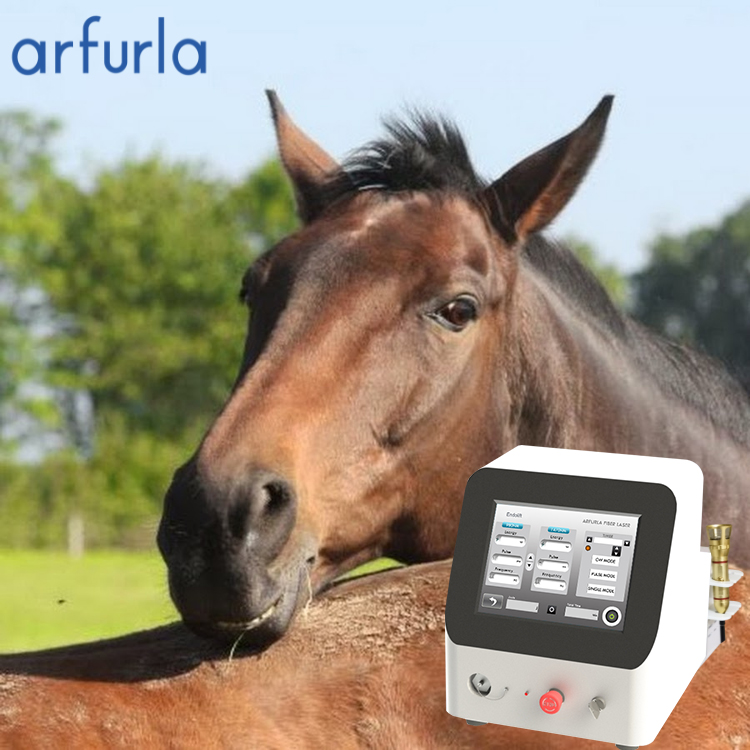
Product Details
Arfurla 980nm 1470nm Veterinary Medicine Laser Therapy Revolutionizing Animal Care With Precision Veterinary Laser Technology
Revolutionizing Animal Care With Precision Veterinary Laser Technology
In the realm of animal healthcare, veterinary clinical surgery is indispensable for preserving animal welfare and effectively managing pain. As technological innovation accelerates, laser technology has established itself as a cornerstone in veterinary medicine, revolutionizing both surgical interventions and therapeutic applications. This cutting-edge modality not only elevates the precision of surgical procedures to unprecedented levels but also acts as a powerful analgesic, minimizing post-operative discomfort. Consequently, it dramatically expedites the animal’s convalescence period, proving to be an invaluable asset in enhancing treatment outcomes and promoting optimal healing.
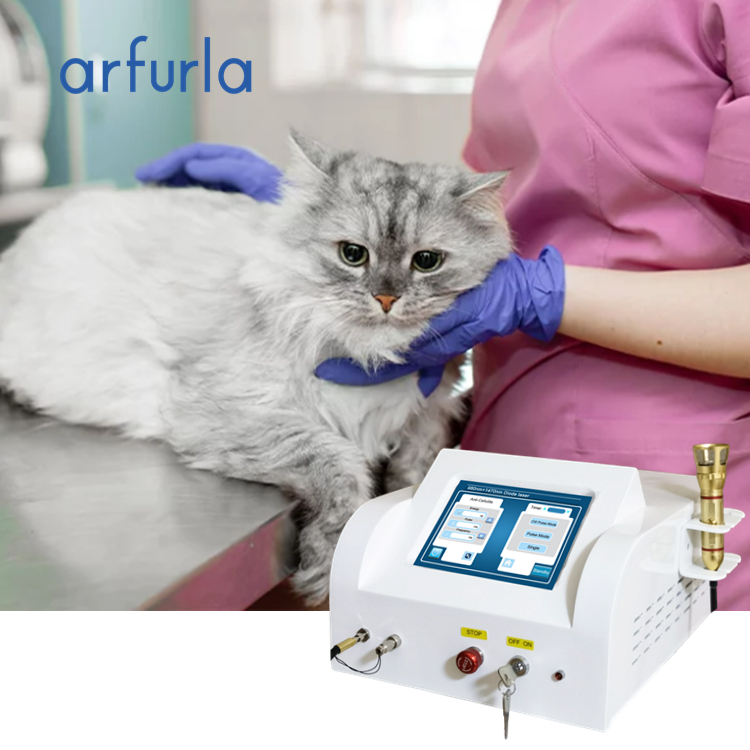
Arfurla good quality pet medical equipment class 4 laser machine working theory
According to the curve of laser absorption by targeted substance, oxyhemoglobin shows a much higher absorption interval in 900-1000nm. Thus 980nm diode laser has the ideal treatment effects for vascular treatment.After absorbing laser energy, oxyhemoglobin produces thermal energy and spreads to vascular endothelial cells through conduction mechanism. In consequence, blood vessel wall is damaged and facial vascular will be treated.980nm laser is the optimum absorption spectrum of Porphyrin vascular cells. Vascular cells absorb the high-energy laser of 980nm wavelength, solidification occurs, and finally dissipated.
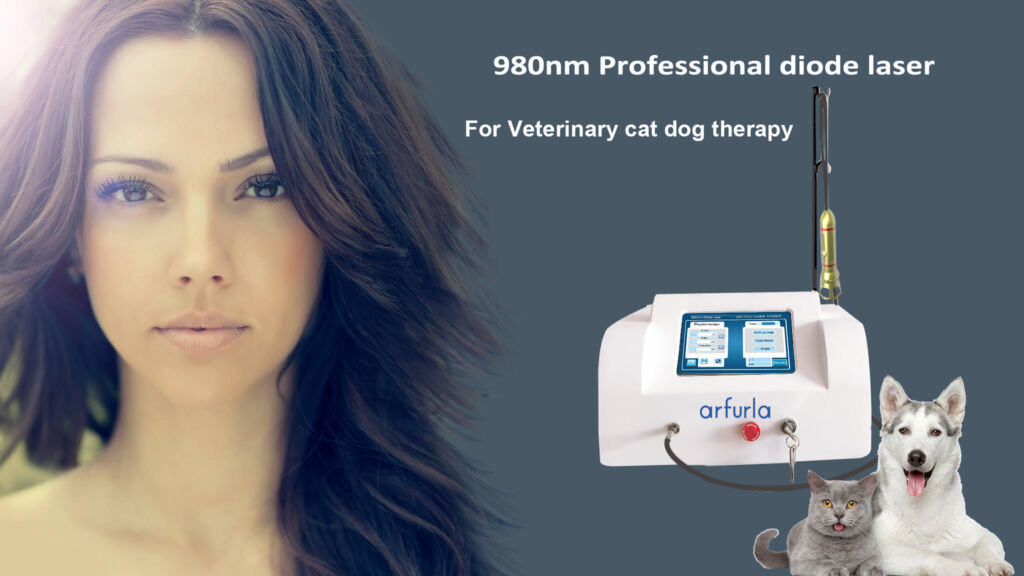
Advantage of our diode laser
- 980nm diode laser is the most advanced technology in the market.
- Steady output power guarantees the treatment result consistency and security.
- Three working modes, CW Pulse, Pulse and Continue, guarantee more comfort andobvious results. The most Modes in the markets. Normally, others are only two.
- Patented handle provides good epidermis protection, unique advantages and designs.
- Top equipped spare parts provide long lifetime and steady treatment results.
- We can provide 2 years warranty for our laser machine.
- 0.01-1s (stepping 0.05s)second duration, comfortable treatment .
- Get effects immediately, you can still feel very warm for 30 minutes after the treatment.This energy will deep into the treatment area and solve the problem from the original.
- High energy on the laser to satisfied the need of the treatment and solve the problem very soon.
Clinical Applications & Functions For Veterinary
Laser surgery has a broad range of applications in veterinary laser clinical practice. Below are some common types of surgeries and their specific uses and applications:
Soft Tissue Surgery Veterinary
Tumor Removal: Lasers can precisely excise tumor tissues, reducing bleeding and postoperative pain, faster recovery.
Wound Care: Lasers facilitate debridement and wound sealing, accelerating the healing process, lowering the chance of infection, and alleviating pain.
Accurate Incision: Diode lasers enable precise cutting, minimizing harm to adjacent tissues, especially when dealing with soft tissue dissection.
Hemostasis: These lasers deliver superior coagulation effects, aiding in the control of bleeding during surgical procedures.
Ophthalmic Surgery Veterinary
Retinal Diseases: Lasers treat retinal detachment and retinal diseases, restoring vision.
Cataract Surgery: Laser technology is used in cataract surgery, reducing surgical time and complications, more convenient.
Dental Surgery Veterinary
Gingival Surgery: Lasers play a significant role in gingival resection and reshaping, reducing bleeding and pain feeling.
Tooth Extraction: Lasers can precisely cut teeth and surrounding tissues, minimizing trauma and accelerating recovery.
Dermatology Veterinary
Skin Tumors: Lasers are used to remove skin tumors, reducing postoperative scarring and recurrence.
Dermatitis: Laser treatment promotes healing and reduces inflammation in chronic dermatitis cases.
Pain Management Veterinary
Therapeutic Use: Diode lasers are used in low level laser therapy (LLLT) to reduce pain and inflammation in animals with chronic conditions or postoperative discomfort, very useful.
Dental Applications Veterinary
Gingival Procedures: Diode lasers are ideal for gingival contouring and treating periodontal disease, ensuring minimal bleeding and faster healing time.
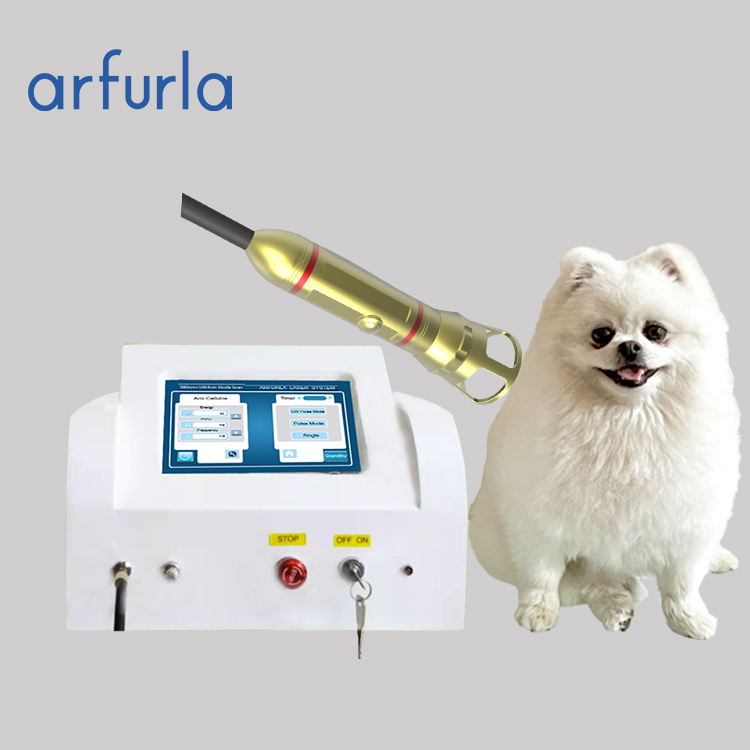
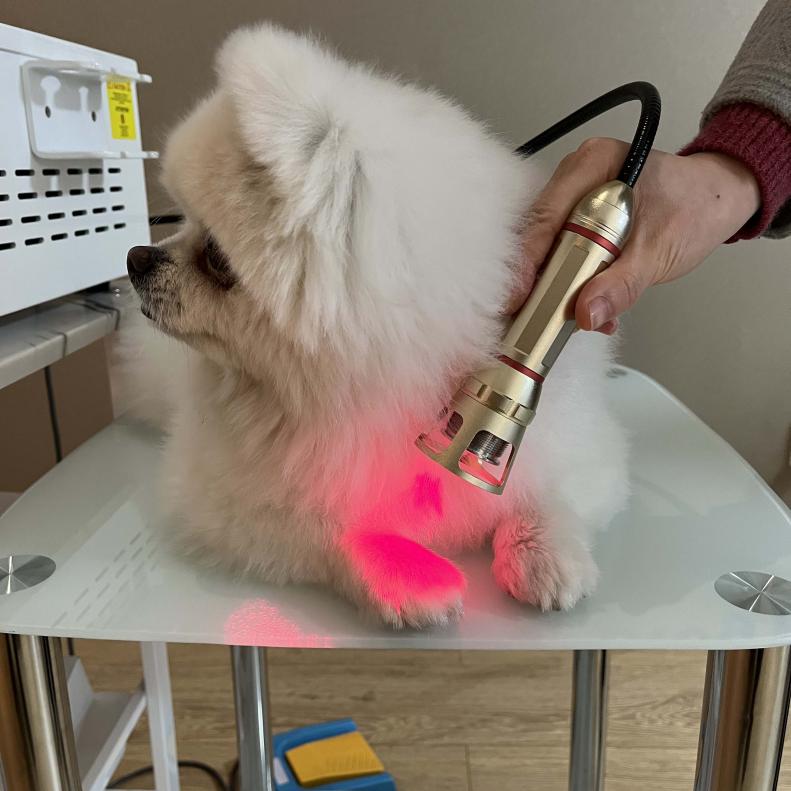
Clinical Veterinary laser Advantages
- Superior Precision andSafety laser
Power easy to set, to prevents overheating, even in sensitive areas (e.g., oral mucosa, eyes).
- Reduced Procedure Time
Instant hemostasis eliminates time spent on clamping or suturing vessels.
Minimal post-op swelling allows faster recovery and shorter anesthesia periods, faster recovery.
- Versatility Across Species
Adjustable settings accommodate animals from small rodents to horses and so on.
- Cost Efficiency
Lower complication rates reduce follow-up costs, very safety.
Durable laser fibers withstand hundreds of procedures, minimizing consumable expenses, less cost.
- Enhanced Patient Comfort
Reduced mechanical trauma compared to scalpels or electrocautery.
Photobiomodulation mode decreases reliance on systemic analgesics.
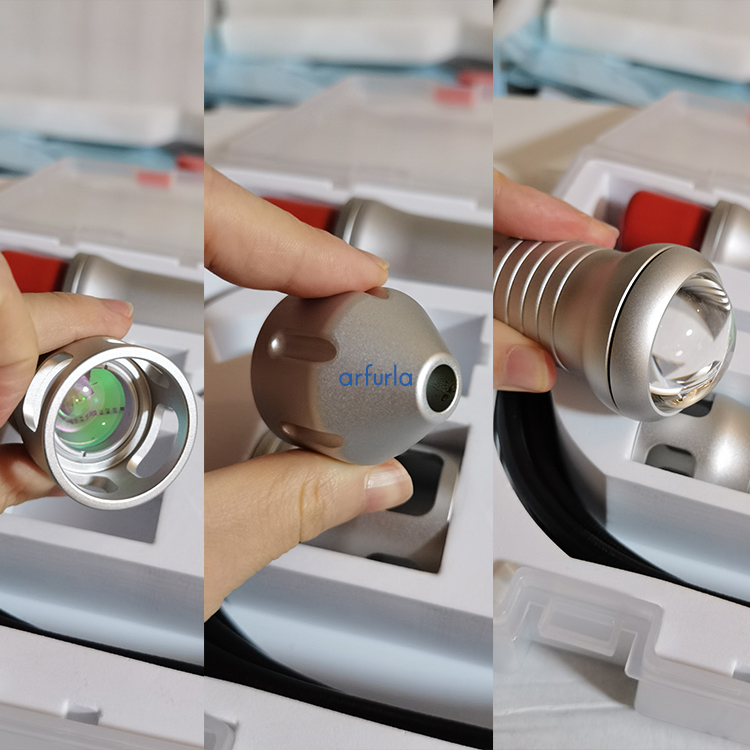
Veterinary Laser Thearpy Indications
Elective surgeries (spay/neuter, onychectomy,Incisions, Growth Removals, Bone Surgery)
Excision of cutaneous masses, warts, or polyps
Treatment of gingival hyperplasia, tonsillitis, or anal gland issues
Chronic wound management (burns, ulcers)
Back Pain (Intervertebral Disc Disease)
Trauma (Skin, Muscle, Bone)
Wounds (Trauma)
Inflammatory Conditions:
Arthritis (Degenerative Joint Disease)
Acute or chronic otitis (Ear problems)
Orthopedic and dermatological inflammation
Anal Gland inflammation,Hot Spots,Lick Granulomas
Idiopathic Cystitis – (Bladder Inflammation)
Sinusitis,Rhinitis(Nasal problems)
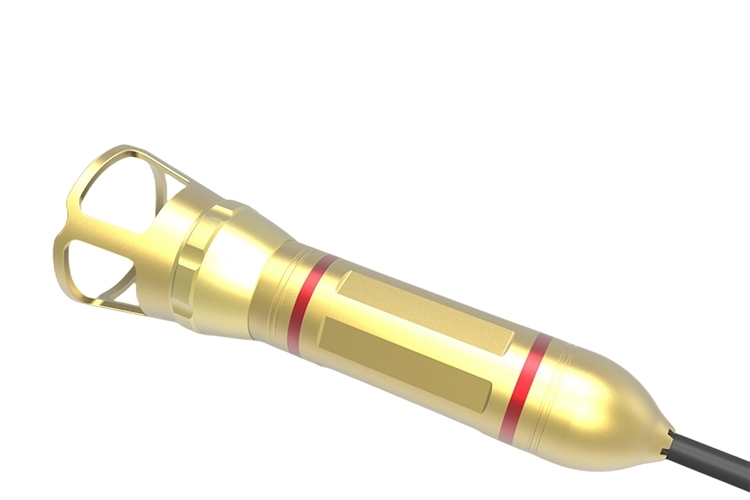
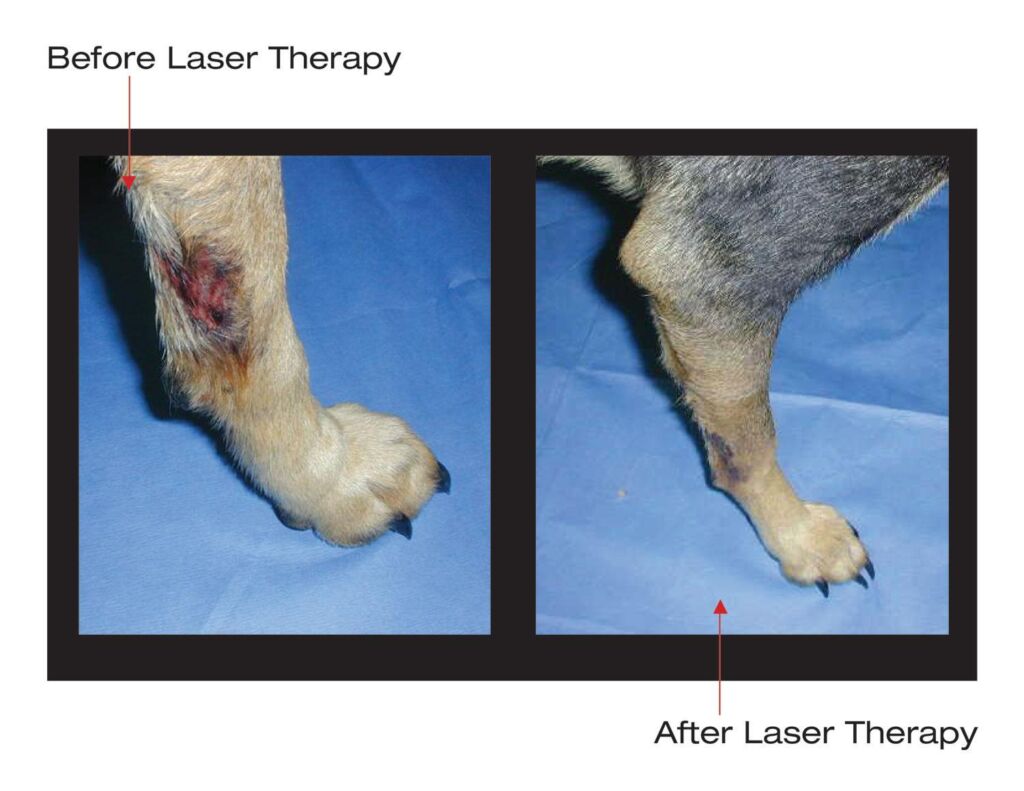
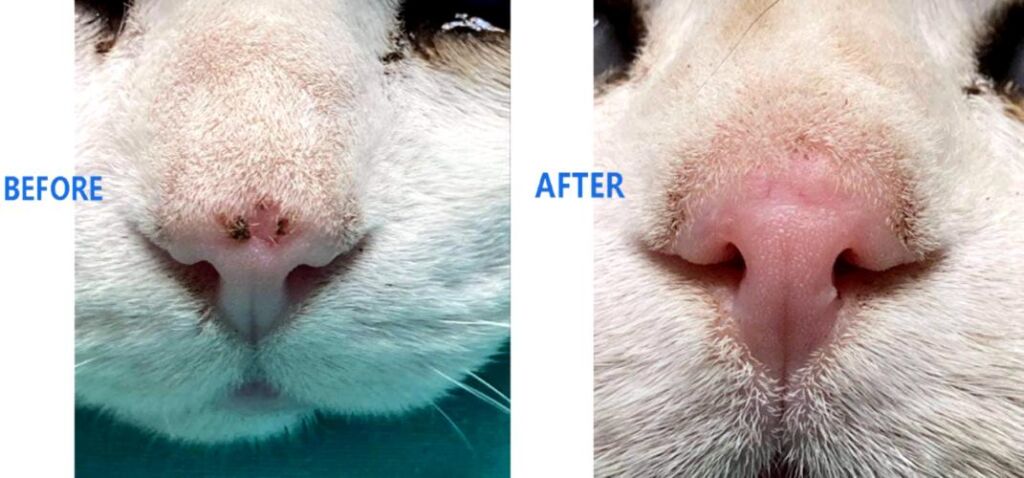
Other conditions:
Malignant Melanoma Mast Cell Tumors
Perianal Fistulas Perianal Tumors
Perianal Urethostomy Stricture Revisions
Pericardectomy Rhabdomyxoma of Flank
Squamous Cell Carcinoma Subtotal Prostatectomy
Tendon Sheath Tumors Thyroidectomy
Transitional Cell Carcinoma of the Bladder Traumatic Wound Debridement
Tumor Bed Ablations Tumor/Mass Removal
Urethral Prolapse Resections Urinary Bladder Polyps
Acral Lick Granuloma Ablation Anal Sac Abcessation
Castration Ceruminous Adenocarcinoma
Chronic Ulcer Debridement and Sterilization
Cranial Cruciate Ligament Rupture – Debridement
Cutaneous Masses – Tags, Inclusion Cysts, Papillomas
Declaw Deep Mass Removal
Epibulbar Melanoma Fibrosarcoma
Graft Bed Preparation – Infected Wounds Granulation Tissue Shaving
Hemangiopericytoma Hemostasis
Hepatic Carcinoma – Partial Hepatic Lobectomy
Liposarcoma Resections
Arfurla laser veterinary therapy pain Management
